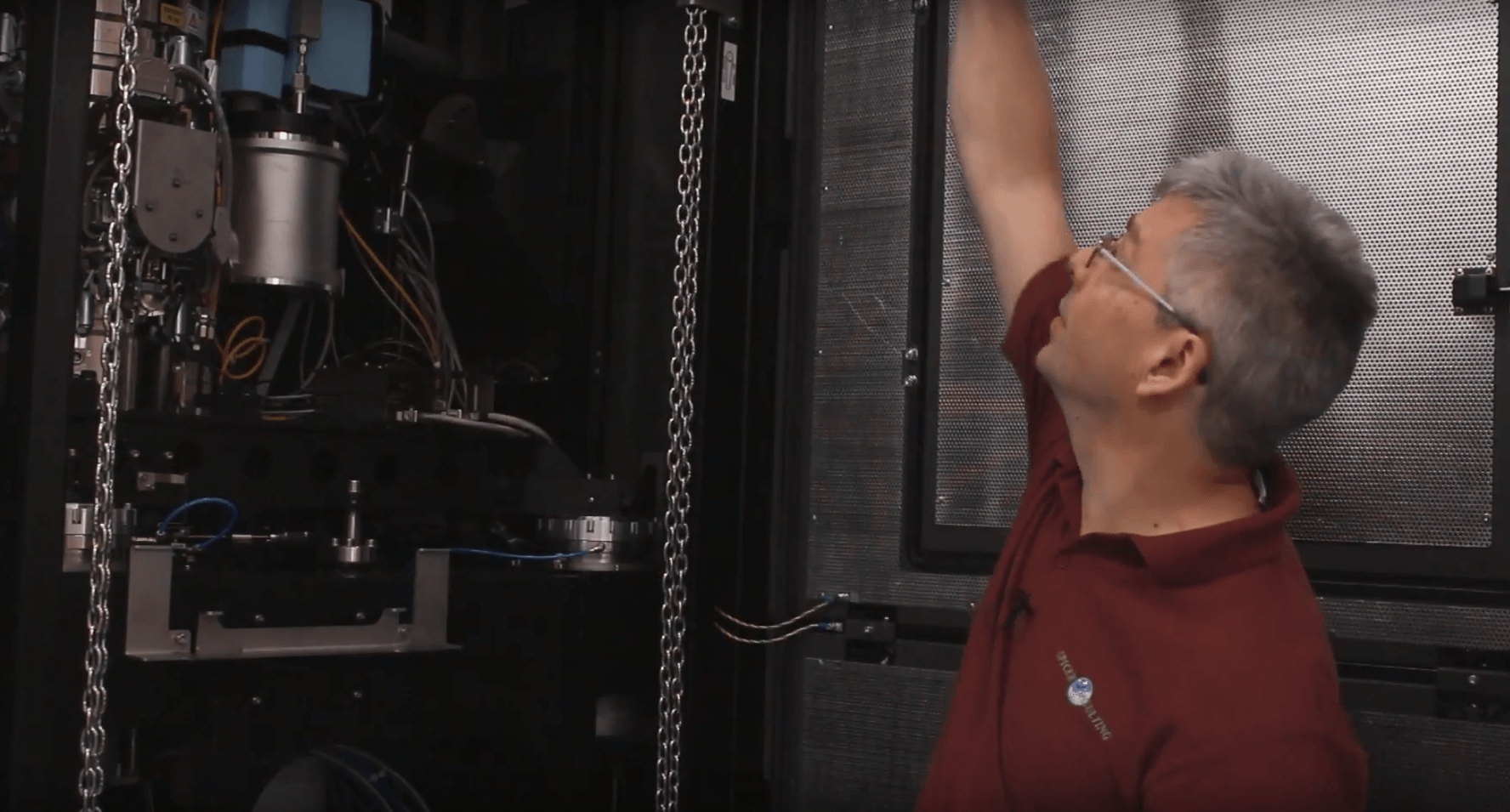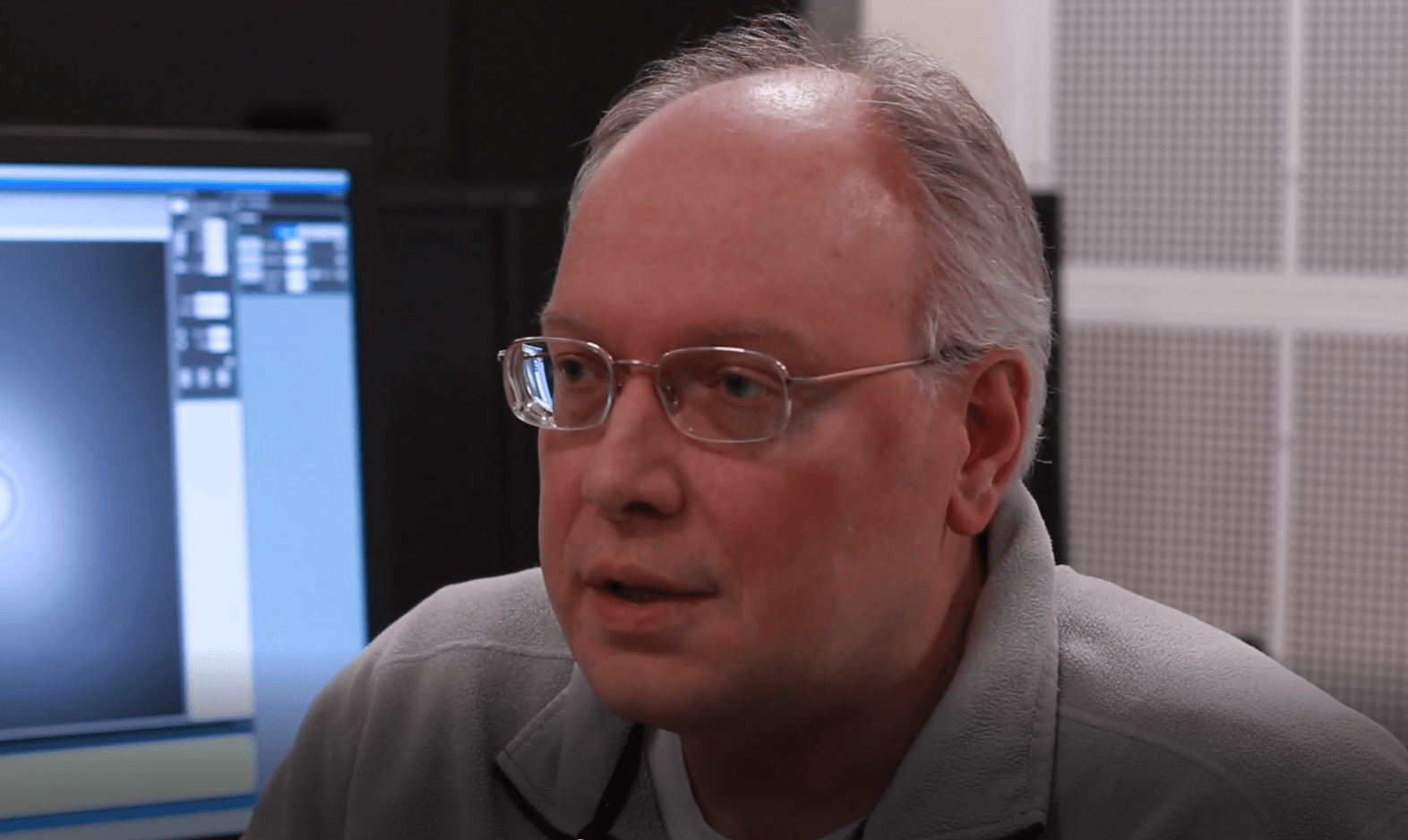Electron Microscope In-Cabinet Cancelling System at the University of Cambridge
When the University of Cambridge Department of Biochemistry was looking to install a Thermo Fisher (former FEI) Titan Krios electron microscope, the location proved problematic due to a range of magnetic field interference.
The team from Spicer Consulting also faced the challenge of not being able to run cables across the floor due to the Krios having a large dewar of liquid nitrogen that needs an unobstructed floor.The resulting solution is an SC24 Field Cancelling System with the Z-axis cable running around the room, whereas the X- and Y-axis cables are installed in the enclosure of the microscope itself.
We asked Dr Dima Chirgadze, Cryo-EM Facility Manager what was causing the interference and why the Department had chosen Spicer Consulting:
What sort of magnetic field interference do you experience and how are they caused?
Our building is located in the city centre and because of that we have quite a number of different interference entering our environment. That certainly effects the performance of even those state-of- the- art instruments. For that reason, we do need to have an ability to counteract these interference by a variety of methods and we decided to choose one of the techniques provided by Spicer Consulting.
The main reason why we needed a field cancelling system is because of the close proximity of our instruments to the NMR facility, which is located just across the hall. That gave us magnetic fields in our environment that were affecting the high resolution measurements that we could achieve with our electron microscopes.
Why did you choose a Spicer Magnetic Field Cancelling System?
The reason why we’ve chosen Spicer Consulting is because of word-of-mouth. We talked to other customers of Spicer Consulting and they gave us stellar recommendations, not only on the performance of the machines but also on the installation procedures, planning etc. And, I have to say, we were not disappointed. The planning was absolutely spot-on. The actual speed of installation was also really good. And finally, the performance of the machine, as we hope, is going to be top-notch and will affect, in a positive way, our research projects.


